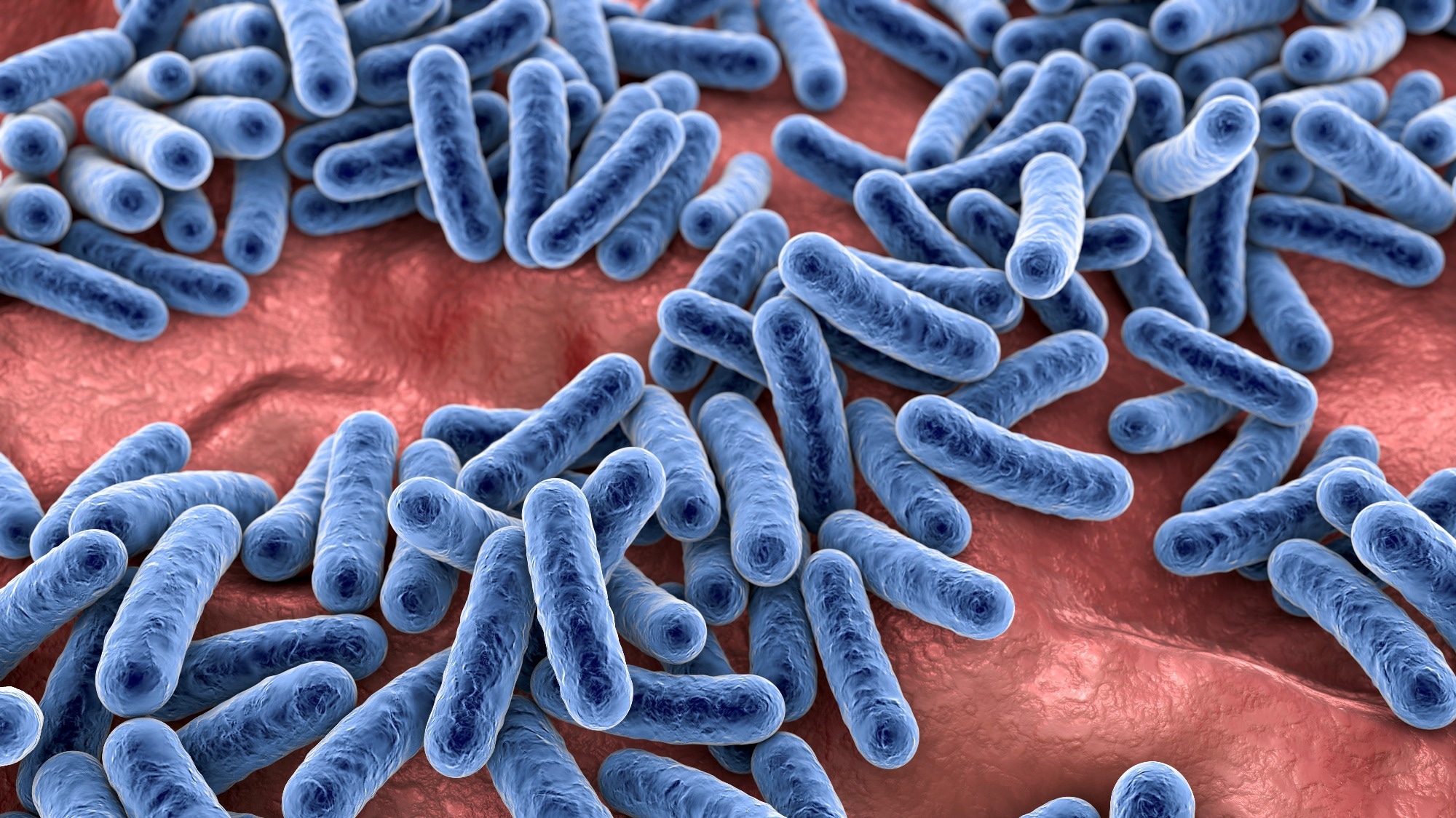A recent study published in the journal Nature Microbiology showed that exoglycosidases from Akkermansia muciniphila, a gut symbiont, can target (extended) blood group antigens to produce ABO-universal blood.
Matching blood groups of donors and recipients based on red blood cell (RBC) antigens and plasma antibodies is critical to prevent fatal hemolytic reactions. A universal O-blood group inventory could reduce the outdating of blood units, address blood shortages, and eliminate ABO-dependent adverse events.
The conversion of group A or B RBCs to group O (enzyme-converted O [ECO]) was pioneered using coffee bean α-galactosidase in 1982. Further, mining a gut microbiota library revealed a sequential deacetylase/α-galactosaminidase system for A antigen conversion. Blood group A includes two subtypes (A1 and A2), with considerably higher antigen levels with the A1 subtype compared to A2.
The A antigens can be extended to yield galactose (Gal)-A and H type 3 structures. Additional extension of H type 3 yields A type 3 antigen. Besides, an extended B antigen (ExtB) was reported in 2019. The relevance of extended antigens for ECO blood compatibility is unknown, with no available exoglycosidases targeting the extensions.
 Study: Akkermansia muciniphila exoglycosidases target extended blood group antigens to generate ABO-universal blood. Image Credit: Kateryna Kon / Shutterstock
Study: Akkermansia muciniphila exoglycosidases target extended blood group antigens to generate ABO-universal blood. Image Credit: Kateryna Kon / Shutterstock
The study and findings
In the present study, researchers showed that A. muciniphila exoglycosidases work efficiently against blood group antigens to generate the ABO universal blood group. First, they selected candidate enzymes from A. muciniphila to remove the B antigen. Candidates from the glycoside hydrolase families 27 (GH27), 36 (GH36) and 110 (GH110) included AmGH27, AmGH36A–C, and AmGH110A.
The α-galactosidase activity was established for AmGH36C, AmGH110A, and AmGH27. AmGH110A showed activity against the B type 2 hexasaccharide. Next, the team assessed the B antigen conversion on RBCs by AmGH36C, AmGH110A, AmGH27, or AmGH36A in the conversion buffer (composed of glycine and sodium chloride).
Subsequently, B antigen levels were analyzed by immunostaining. Only AmGH110A treatment depleted B antigens to the levels in negative controls. Notably, AmGH110A’s efficiency dropped by 50% in phosphate-buffered saline (PBS) compared to the conversion buffer. Next, the team assayed ExtB removal by AmGH20A–K and found that only AmGH20I, AmGH20A, and AmGH20C had removed ExtB.
Moreover, at lower doses, AmGH20C was the most efficient, followed by AmGH20A; notably, these two failed to remove ExtB in PBS. Therefore, the team explored how ExtB influences B-antigen removal. While AmGH110A treatment depleted B antigens, it was hindered by N-acetyl-galactosamine capping in ExtB.
Thus, a one-pot or sequential treatment with AmGH110A and AmGH20A was essential for depleting B and ExtB antigens. Next, the researchers selected two GH109, i.e., AmGH109A and AmGH109B, for converting A and A type 3 antigens. Besides, AmGH36A was selected. AmGH36A and AmGH109A/B were tested on A1 and A2 RBCs from three donors in the conversion buffer.
AmGH109A exhibited the lowest activity, while AmGH36A was superior. Notably, the two top performers had higher efficiency in conversion buffer than in PBS. Additional experiments indicated that AmGH36A was sufficient to convert A antigens within 30 minutes fully. Notably, A type 3 antigen was converted by AmGH36A only. The team selected AmGH95B and α-1,2-fucosidase (RiFuc95) to convert H type 3 antigens and A1 secretor RBCs.
AmGH95B was extraordinarily efficient on H type 3, while the other enzyme was inactive. AmGH95B was also efficient against non-secretor RBCs; it was superior in conversion buffer and PBS, while the other enzyme preferred PBS. Among β-1,3-galactosidases, only AmGH35A removed Gal-A on A1 RBCs. Exposing the Gal-A structure by cotreating with AmGH95B and AmGH36A revealed compelling activity by AmGH35A.
Sequential treating A1 RBCs with AmGH36A, AmGH95B, and AmGH35A exposed additional A epitopes, warranting a second AmGH36A treatment to produce A-negative RBCs. Further, the team found that removing both B and ExtB antigens from donor RBCs significantly reduced the mean reactivity with group O plasmas.
Likewise, depleting both A and extended A antigens significantly increased compatibility compared to removing the A antigen alone. Finally, structural analyses of AmGH20A and AmGH110A revealed a previously unknown carbohydrate-binding module (CBM)-like domain in AmGH20A. This domain was structurally unique, sharing only 8% sequence identity with the top structural homolog.
Conclusions
Taken together, the study discovered enzymes that convert extended blood group antigens. Conversion occurred at the highest RBC levels (hematocrit: 38%), shortest time (30 minutes), and lowest temperature. The team estimated that 18 mg and 8 mg of enzymes would be required to convert one unit or 200 ml of A and B RBCs, respectively. Overall, these findings may lead to rational engineering of more potent enzymes to augment the feasibility and safety of ECO RBCs.
Journal reference:
- Jensen M, Stenfelt L, Ricci Hagman J, et al. Akkermansia muciniphila exoglycosidases target extended blood group antigens to generate ABO-universal blood. Nat Microbiol, 2024, DOI: 10.1038/s41564-024-01663-4, https://www.nature.com/articles/s41564-024-01663-4